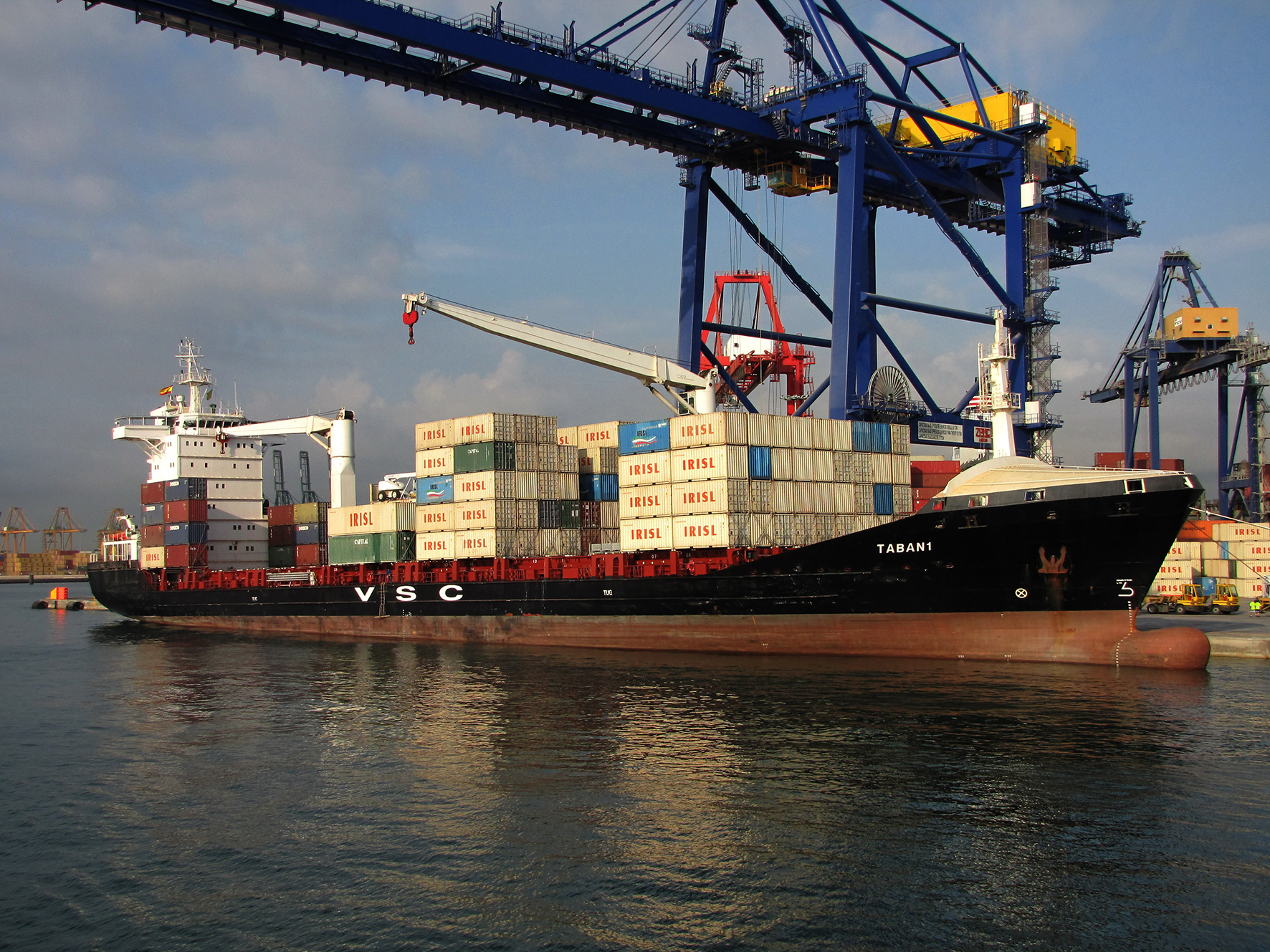A close look at Iran’s non-oil trade during the first presidential term of Hassan Rouhani (August 2013-17) shows that the country’s “non-oil trade” deficit has noticeably shrunk during the four-year period, as it went down from $90 billion under former president, Mahmoud Ahmadinejad (2009-13), to $9.6 billion under Rouhani.
By non-oil trade (mainly import), the Islamic Republic of Iran Customs Administration, refers to all commercial exchanges, excluding crude oil. Oil-based products such as gas condensate, liquefied natural gas, liquefied propane, petroleum gases, liquefied hydrocarbons or even light oil are categorized by IRICA as “non-oil”.
Speaking to IRNA, Mohammad Reza Modoudi, the deputy head of Trade Promotion Organization of Iran, explained that Iran’s non-oil exports during the first term of Rouhani’s administration totaled $178.75 billion while imports stood at $188.45 billion.
“he country’s non-oil trade balance, unprecedentedly, experienced a surplus during the last two years of Rouhani’s four-year tenure. This is while Iran’s non-oil exports during the previous government totaled $144.947 billion, with imports standing at $234.996 billion,” he said.
Trading Partners Come Back
“In 2005-6, 20 countries in Europe, the region and other parts of the world received 80% of Iran’s exports. However, in 2012-13, the number of export destinations decreased to 8,” Modoudi said.
“After the implementation of the nuclear deal under Rouhani, the number of foreign markets increased, such that around 80% of the country’s non-oil goods were exported to 15 countries last year, with European and developed East Asian countries being among the major markets.”
The nuclear deal, known by its technical term Joint Comprehensive Plan of Action, was signed in July 2015. Its implementation, which marks the official lifting of international sanctions against Iran, began in January 2016.
Data released by Luxembourg-based Directorate General of the European Commission, Eurostat, confirm that Iran’s trade with Europe has been on the rise post sanctions.
Iran exported €2.77 billion worth of goods to the European Union in the first quarter of 2017, registering a sixfold rise compared with the preceding year’s corresponding period, Eurostat reported.
Mineral fuels, mineral oils and products such as bituminous substances and mineral waxes accounted for a majority of Iran’s exports to the EU during the period, with a total value of €2.5 billion. Non-oil exports to the EU, however, still remain unimpressive. Fruit and nuts (€72 million) and plastic products (€48.5 million) were other top exports during the period.
Iran imported €2.52 billion worth of commodities from the European Union during the same period, recording a %56 rise year-on-year. Imports mainly included nuclear reactors, boilers, machinery and mechanical appliances and parts worth €665 million. Vehicles and their parts and accessories with $245 million and aircraft, spacecraft and their parts with $242.6 million came next.
Italy was the biggest importer from Iran in the first quarter among all European states, as it bought €807.4 million worth of Iranian goods during the period. France, Spain and Greece followed with €614.6 million, €329.6 million and €320 million worth of imports respectively.
Germany topped the list of exporters to Iran, shipping €694.4 million worth of goods to the Islamic Republic in three months. France followed with €461 million and Italy with €418.6 million.
Marked Rise in Industrial and Mineral Exports
According to Modoudi, Iranian non-oil exports saw a 38% and 3.5% increase in volume and value respectively in 2016-17 compared with the year before.
The official said industrial and mineral exports increased significantly during the year, noting that major mineral and industrial exports included cathode and copper concentrate ($520 million), cement and clinker ($400 million), tiles and ceramics ($370 million), aluminum and related products ($240 million), lead and zinc ($240 million), ornamental stones ($120 million), carpets and apparel ($1 billion), dairy products and related products ($630 million), home appliances ($580 million), sweets, chocolates, biscuits and bread ($500 million), tomato paste, compote and canned food ($400 million), seafood ($320 million), industrial machinery and equipment ($270 million), detergents ($220 million), wire and cable ($160 million) and human medicine ($130 million).
Iranian exports in base oil and petrochemical products also had a 12% year-on-year increase, according to Modoudi.
“Last year, some 500 billion rials ($13.1 million) were paid to Iranian exporters as export incentive,” he said.
According to IRICA, Iran’s non-oil foreign trade stood at $87 billion in the last Iranian year. Exports, including oil products, stood at $43.93 billion. Imports were at $43.684 billion, showing a 5.16% growth YOY. Field corn, soybean, cars, auto parts and rice were Iran’s main imports during the period.
China remained Iran’s top trade partner, as it imported 37.7 million tons of goods worth $8.177 billion and exported $10.73 billion worth of goods to Iran.


